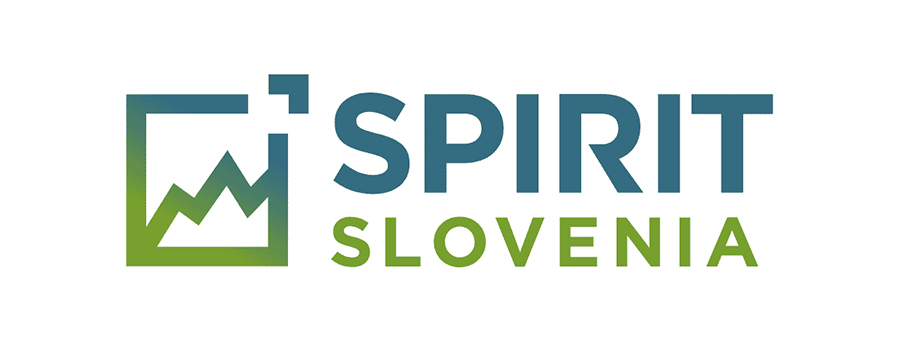Example Scenario
Imagine your ERP system – the backbone of your company – is storing crucial information about products and stock levels. Now, let’s say that you have four different systems that need data from ERP in order to function properly. If all four systems continuously query the ERP directly, it would significantly slow down the ERP. Adding more systems would only worsen the problem.
Here’s where Kafka shines by splitting the logic into two parts:
- Producer: Your ERP system acts as the producer of data.
- Consumers: The four different systems act as consumers of data.
When the ERP system updates product stock, it sends a message to Kafka. Kafka then distributes this message to all four systems. If you want to add a new system, you simply introduce a new consumer to Kafka without impacting the ERP system. This approach allows you to scale your software architecture without worrying about overloading your ERP system.




